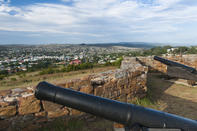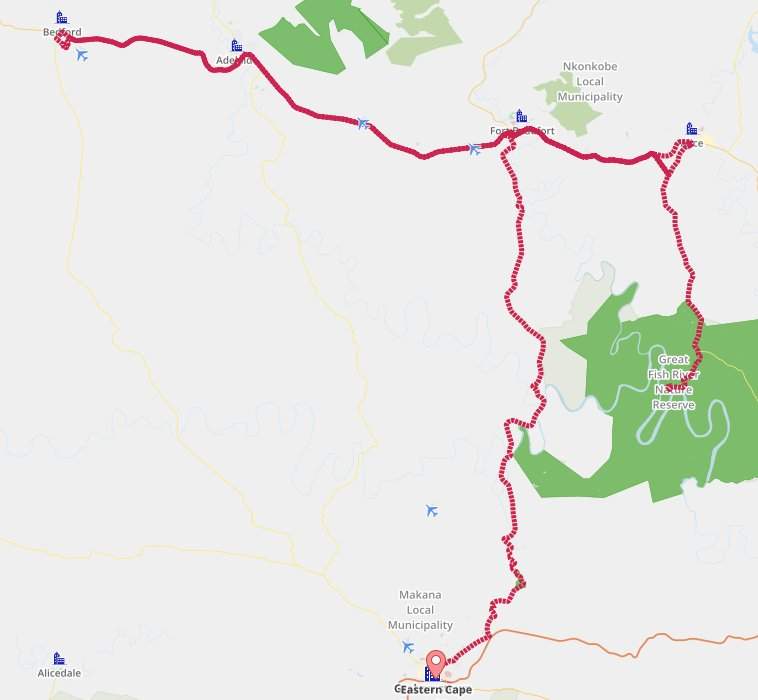Grahamstown boasts more than 70 heritage sites and offers well-preserved samples of Georgian, Victorian and Edwardian to those interested in architecture. The only camera obscura in the Southern Hemisphere can be seen here at the Observatory Museum. Lively pubs and eateries abound in the town, there is even a meadery that produces wine from honey.

Grahamstown is a centre of learning. The prestigious Rhodes University draws students from all over Africa, and a number of private and state-supported schools offer scholars a solid educational foundation.
Known as Africa’s Festival Capital, large crowds attend the city’s various festivals held during the year notably SciFest, the National Arts Festival and the National Schools Festival.
Alice lies 26 km from Fort Beaufort and offers the De Beers Centenary Museum at Fort Hare University. The university is also the alma mater of many African leaders including Nelson Mandela.
Fort Beaufort lies in the Kat River Valley – a rich citrus-producing area that is a delight in orange blossom time. The town, 82 km from Grahamstown, was established as a military stronghold in 1823 and is steeped in Xhosa and Settler history. Visit the Martello Tower and Historical Museum, which sports two cannons as its entrance dating back to the 1814 Frontier War days.
Bedford and Fort Brown, offers a large variety of outdoor adventure activities and is a must for nature lovers. October is a prime month for viewing the beautiful gardens in the area. Many buck species still roam the plains and mountains and hunting can be arranged. Fort Beaufort was established as a military post in 1817 by Lord Charles Somerset.
The Great Fish River Reserve, which comprises the Andries Vosloo Kudu Reserve, the Double Drift Reserve and the Sam Knott Reserve is situated about 38 km from Grahamstown. The reserve of 43,000 ha encompasses a divergent variety of vegetation types, which in turn offer a variety of habitats specific to a great diversity of wildlife species.

 Everyone loves a good road trip – and with a country as beautiful as South Africa, it’s easy to see why. Taking to the road is ingrained...
Everyone loves a good road trip – and with a country as beautiful as South Africa, it’s easy to see why. Taking to the road is ingrained...